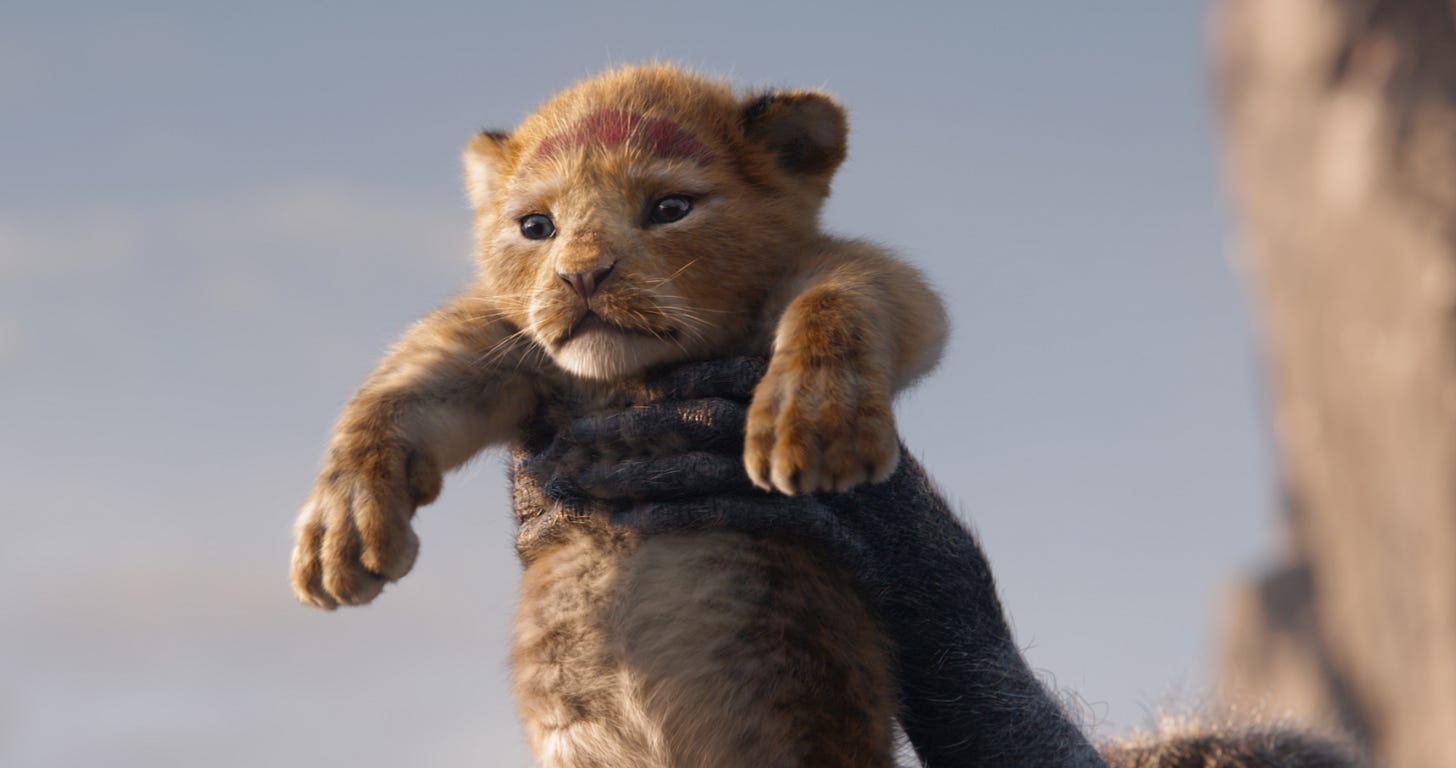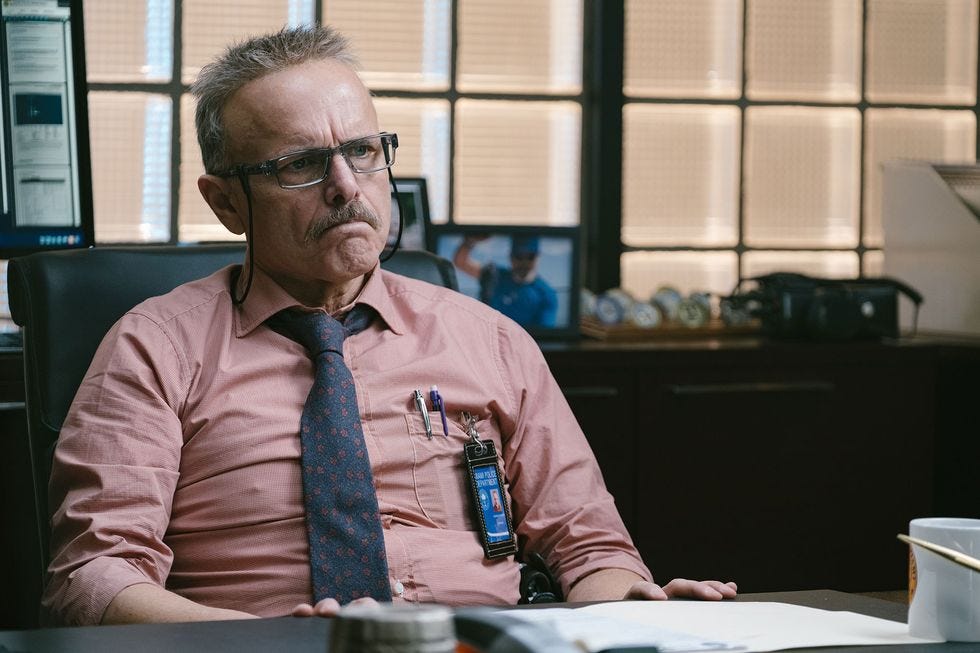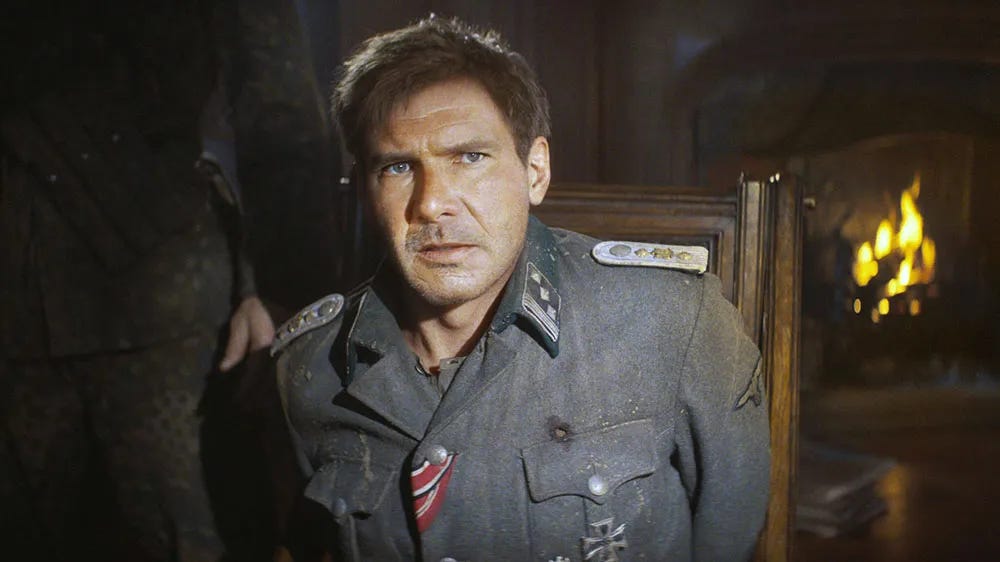Nostalgia is Plaguing the Film Industry
When will movie studios learn that not everything has to get a sequel, prequel, or remake to be successful?
Sometimes, I feel like the film industry is stuck in a time machine that jumps from different points in time, heads to a movie theater, and decides to make a sequel, prequel, or remake of the most popular movie being shown. Each studio continues to push out unnecessary films to make money based on one factor engraved in our brains: nostalgia.
I know, this seems like an age-old conversation that has repeated itself over and over again throughout the past couple of years, but there is a lot to be said about nostalgia and its impact on the film industry right now. If you look at the movies released in the past couple of years, there is more IP-driven storytelling than original ideas. There are many reasons for this, but it all falls under the umbrella of nostalgia.
Studios have slowly realized that it is achievable to make more money by telling stories people already know and love. I mean, Disney has built their brand on sentimental adoration for their extensive storytelling catalog. For nearly 14 years now, Disney has been pushing their live-action remake brand, bringing to life their animated stories in live-action form. It is a brand that has generated nearly $10 billion at the box office because people love seeing stories they grew up with being told once again on the big screen, taking them back to a particular place when they were younger and could easily escape to new worlds full of imagination and creativity. Except Disney hardly ever knows how to do it right.
Ok, it is not just Disney, as they and many other movie studios take their IP and try to put a spin on it to tap into the nostalgia train that has been steaming on through the 2010s and beyond. Yet, I don’t think some creatives and executives get how to insert nostalgia into a film naturally. Various tactics are constantly used to try and blatantly pull on your heartstrings. One utilized a lot is bringing back an iconic character in a franchise just to kill or harm them. Bad Boys for Life did it by killing off Captain Howard, and the newest Exorcist flick blinded Chris MacNeil by having one of the new girls stab crosses into her eyes. It is baiting the audience to try to care more about the film because it has these shocking and emotional moments. It generates chatter, and oh boy, the studios love free publicity.
I know I keep mentioning how studios are returning to stories to make sequels, prequels, and reboots. Wouldn’t that just be called a franchise instead of nostalgia bait? Well, sorta kinda. Franchises are still an entity in the film industry, but they don’t know when to stop because nostalgia has taken over studio executive’s minds. Did we really need another Indiana Jones movie? Did we really need another Jurassic Park movie? Did we really need a tenth Fast and Furious movie? Studios will keep pushing money in the direction of franchises because they believe that the power of nostalgia will accumulate loads of cash.
Audiences are starting to grasp the issue of how studios push out new installments of franchises like no other. Almost every week, we hear about a new film from a franchise that did not do well at the box office. Marvel flicks, which used to be guaranteed smash hits, struggle to break even. For some studios, it is going to be gloomy at the box office, as people came out of the pandemic with a different mindset surrounding film—which is a whole other story for another day. Hopefully, this will cause studios to regroup and realize what audiences want and how to use nostalgia correctly.
So, how do they use nostalgia right? I guess the big answer is just not to force it down the throats of the masses. Yet, they will never stop doing that, so why bother suggesting it? Instead, I hope they learn how to use it creatively. Barbie was a massive hit because of the brand, of course, but also because of its connection between the brand’s messaging and the power of filmmaking. There are so many fish-out-of-water stories in film, but Barbie went the extra mile by utilizing so many different elements of filmmaking to curate a must-see, creative landscape that felt freshly stimulating. The same goes for The Batman, starring Robert Pattinson. Director Matt Reeves took a character that has been around many times before in film, but he did something new with it, slightly subverting the expectations with its more ambitious tone and actor choice while also making sure to cater to the people who want to see Batman on the big screen. You can have nostalgia but have something to say, don’t stick to a formula. Be bold.
Also, let’s stop pushing so much money to franchises when there has been a severe lack of original stories in cinema. So many creative ideas are out there, with plenty of new talent yet to be discovered. Two of my favorite movies of the year, Monkey Man and Challengers, are two original stories with incredible filmmaking elements (please watch both!). Yet, they lacked substantial commercial success because studios would rather spend their money on these “guaranteed hits,” which causes them to think that nobody wants to see original films. Well, news flash, you were the ones who trained audiences to prioritize blockbusters.
This complex issue plagues this era of film, and I could dive into it more because of all its intricacies. However, this seems like a good spot to wrap this up. I hope studios will soon gain a better connection with their audiences and try to put better care and understanding into what they want because pumping “nostalgia” into the marketplace every week is draining.








